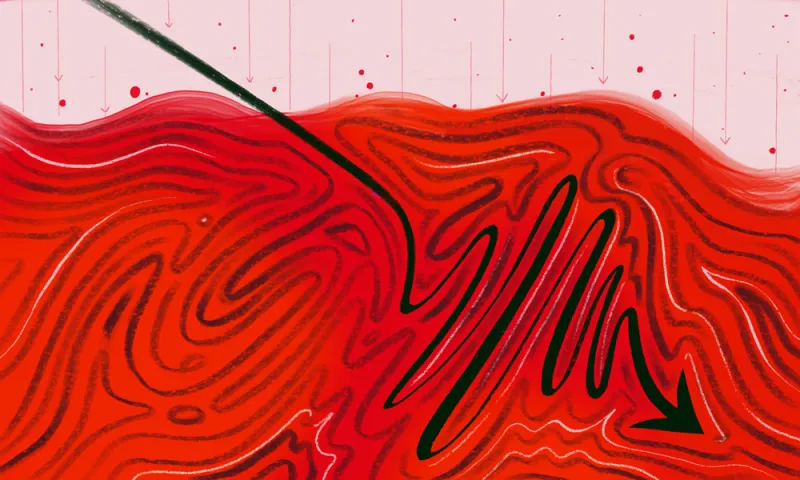Steep year-end declines in U.S. stocks left America’s largest public companies deeper in the hole for their pension obligations, according to analysis by consulting firm Willis Towers Watson.
Pension funding levels for Fortune 1000 companies dipped to an estimated 84 percent after a volatile fourth quarter culminated in sharp losses in December. The Standard & Poor's 500 stock index, Nasdaq Composite Index, and Dow Jones Industrial Average all ended the year in the red, marking the stock market’s worst year since 2008.
Among the corporate pensions analyzed by Willis Towers Watson, investment returns averaged a negative 4.7 percent. Losses were recorded in large- and small-cap domestic equities as well as in long government and corporate bonds typically used in corporate pensions’ liability-driven investing strategies.
Overall, pension assets declined by $150 billion to an estimated $1.33 trillion.
“The steep decline in the equities market during the fourth quarter, particularly in December, negated what had been a very positive year,” senior WTW consultant Jennifer DeMeo said in a statement.
Before the fourth quarter, U.S. corporate pensions were making strides toward closing their funding gaps. Companies had contributed $47 billion to their pension plans as many sought to take advantage of new tax benefits, and their total pension obligations fell to $1.59 trillion from $1.74 trillion, Willis Towers Watson said.
[II Deep Dive: Corporate Pensions Look to Boost Plan Contributions Ahead of Deadline]
At the end of September, the aggregate funded status was 90 percent, up from 85 percent at the end of 2017.
Royce Kosoff, a senior consultant at Willis Towers Watson, said plan sponsors are likely to look toward new investment approaches, lump-sum buyouts, and annuity purchases as they continue to focus on risk management.
“The volatility in the fourth quarter, and especially in December, which was one of the worst months since the Great Recession, demonstrates how quickly conditions change,” he said.







